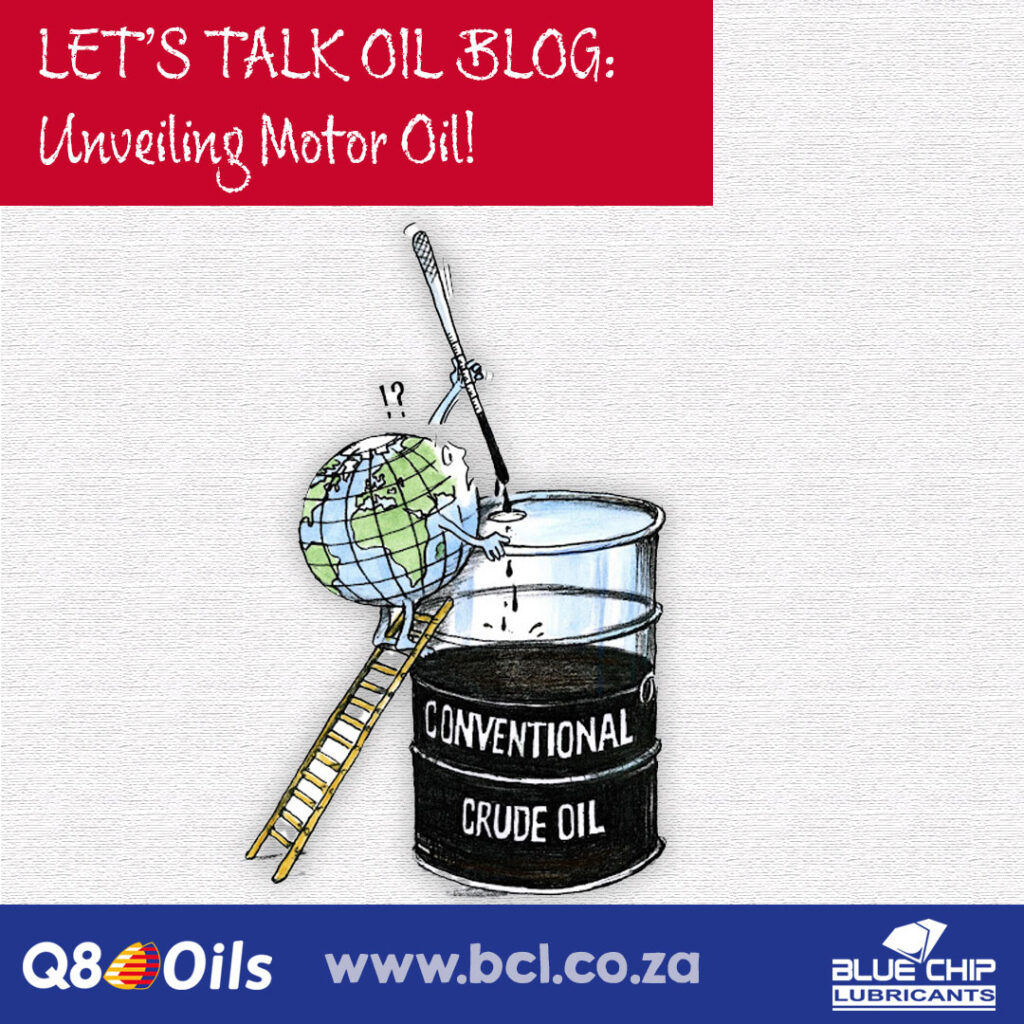
Motor oil is a lubricant used in internal combustion engines to reduce friction and provide essential protection to engine components. There are several types of motor oil available, each with its own specific functions and characteristics.
Here are some common types of motor oil:
- Conventional Motor Oil: Conventional motor oil is a basic lubricant derived from crude oil. It provides standard engine protection and is suitable for most common vehicles under typical driving conditions. Conventional oil needs to be changed at regular intervals.
- Synthetic Motor Oil: Synthetic motor oil is manufactured using chemically engineered compounds. It offers better performance and protection than conventional oil, especially in extreme temperatures and demanding driving conditions. Synthetic oil has a longer lifespan and provides improved lubrication and engine cleanliness.
- High Mileage Motor Oil: High mileage motor oil is specifically formulated for vehicles with higher mileage, usually over 75,000 miles. It contains additives that help reduce oil burn-off, prevent leaks, and minimize engine wear in older engines.
- Synthetic Blend Motor Oil: Synthetic blend oil is a mixture of conventional and synthetic oils. It offers some of the benefits of synthetic oil at a more affordable price point. Synthetic blend oil provides improved performance and protection compared to conventional oil but not as much as full synthetic oil.
- Racing Motor Oil: Racing motor oil is designed for high-performance racing engines that operate under extreme conditions. It has excellent heat resistance, superior lubrication properties, and enhanced protection against wear and deposits. Racing oil is not typically recommended for regular passenger vehicles.
- Diesel Motor Oil: Diesel motor oil is specifically formulated for diesel engines. It contains additives that can handle the higher operating temperatures and pressures of diesel engines. Diesel oil provides enhanced protection against soot, deposits, and wear common in diesel engines.
It’s important to note that the recommended type of motor oil for a specific vehicle can be found in the vehicle owner’s manual. The manufacturer’s recommendations take into account factors such as the engine design, operating conditions, and maintenance requirements of the vehicle.



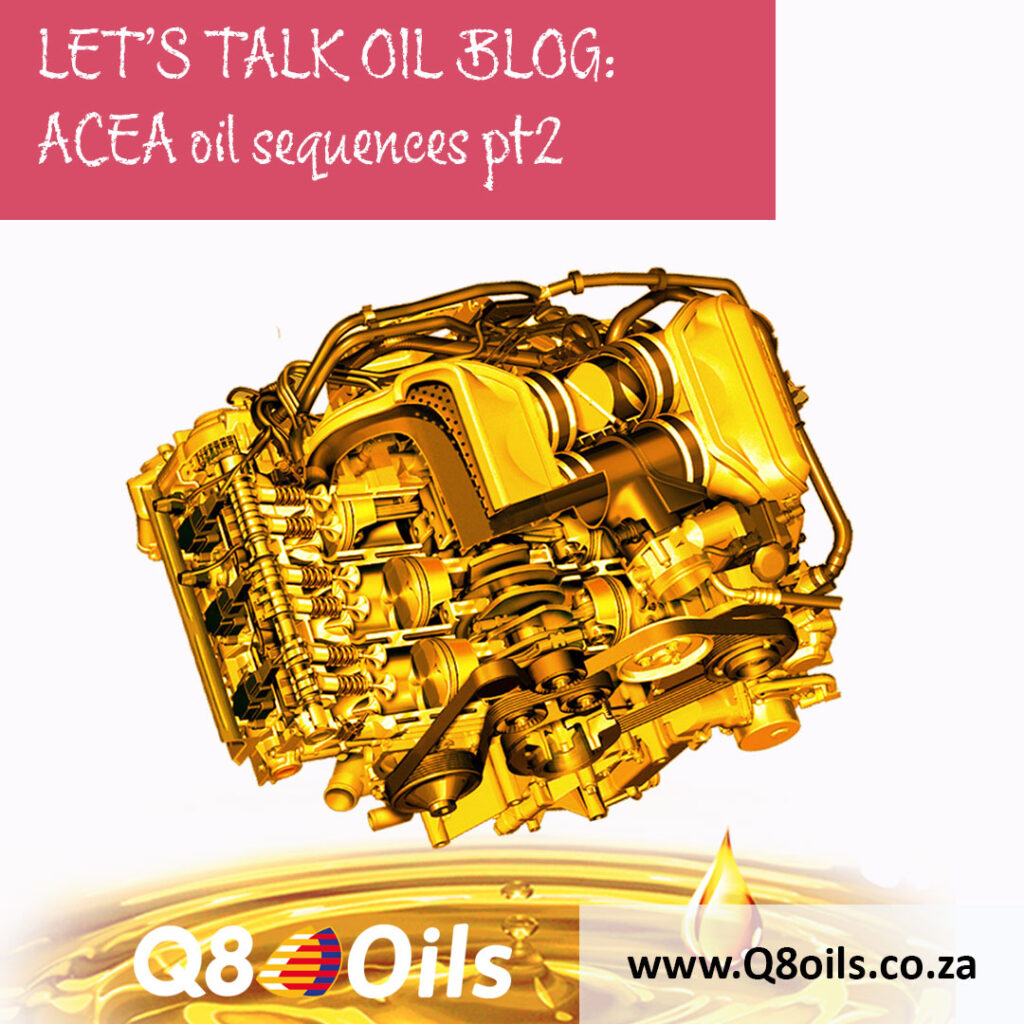

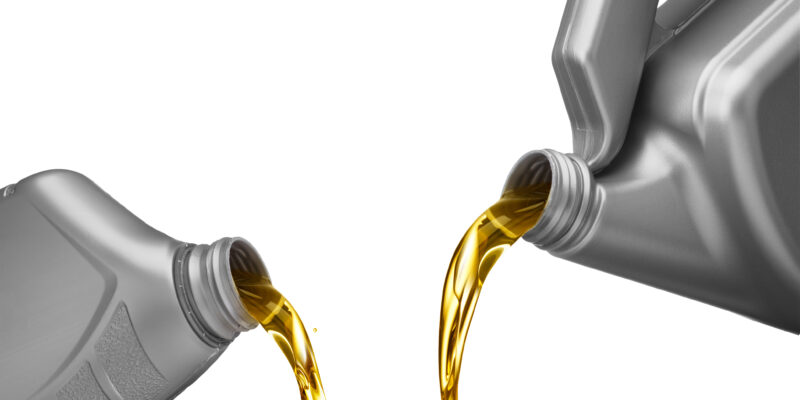
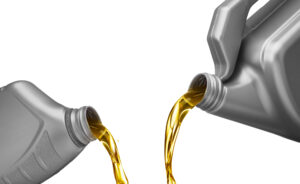
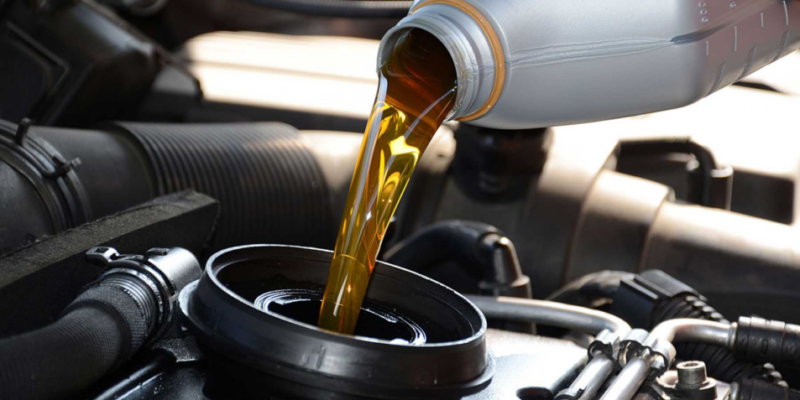
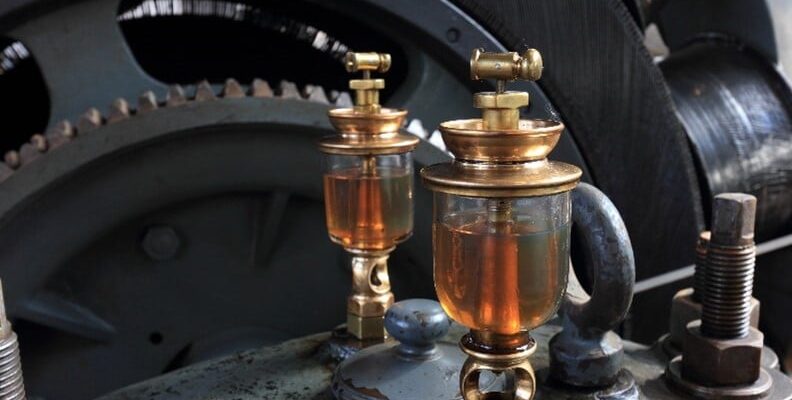
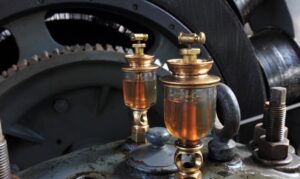

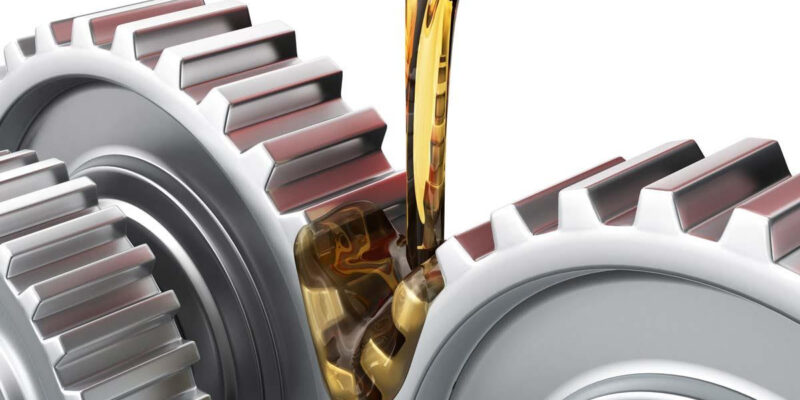

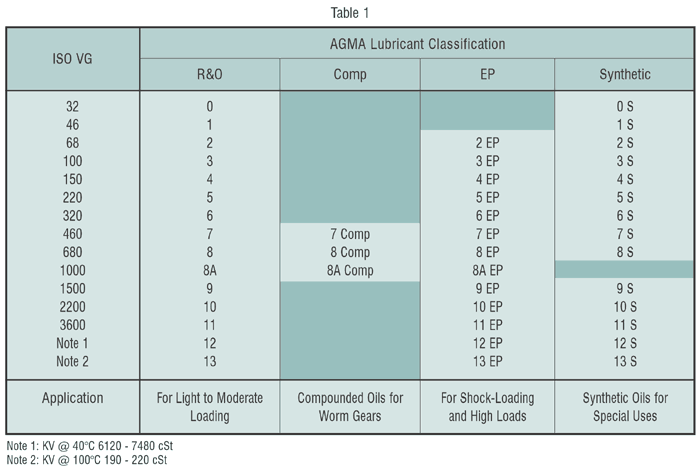


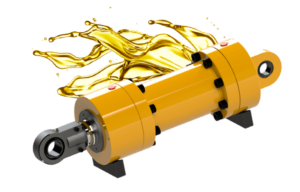

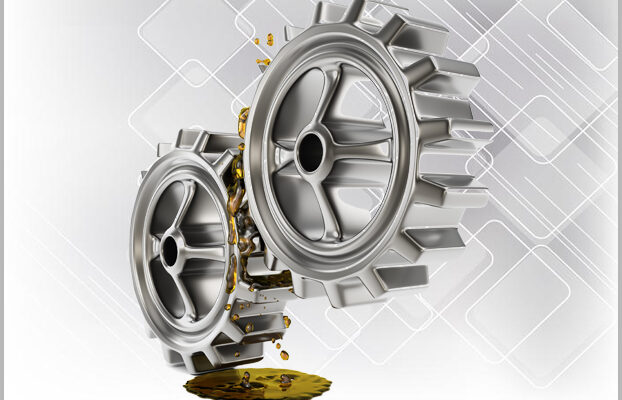
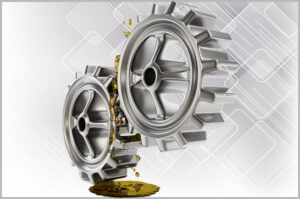
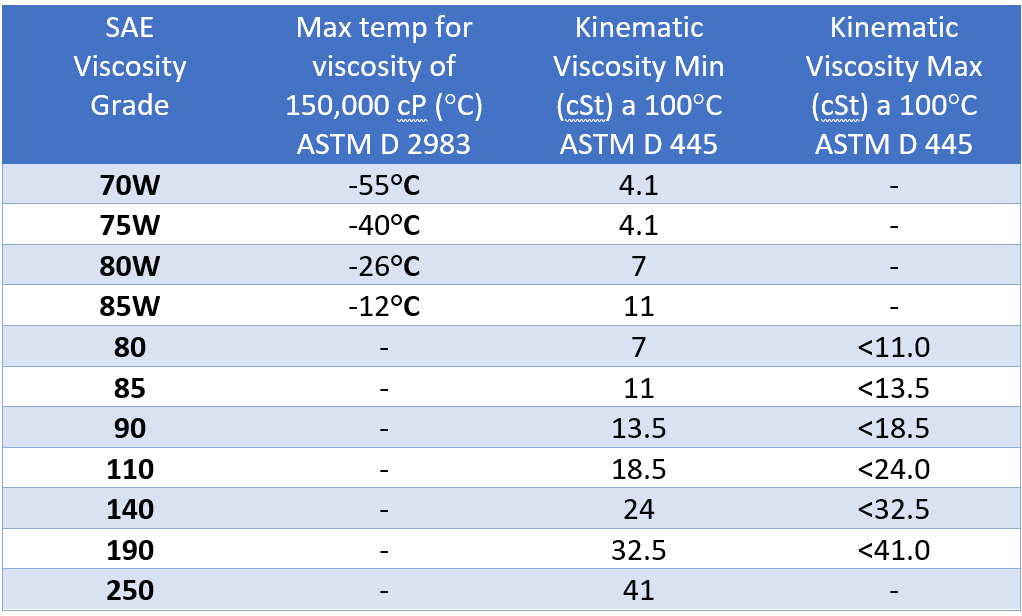
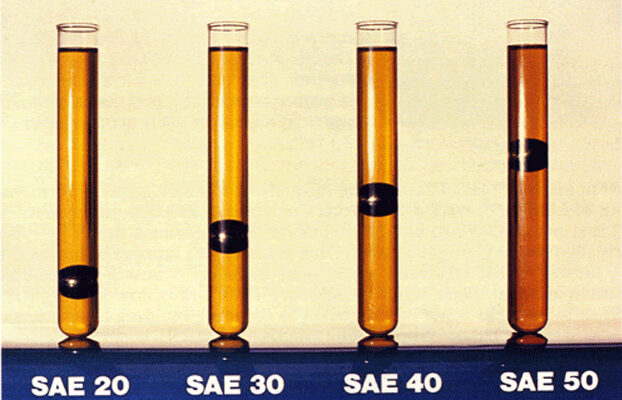
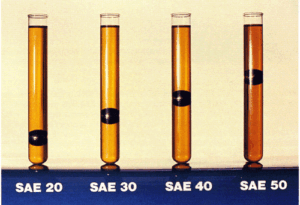
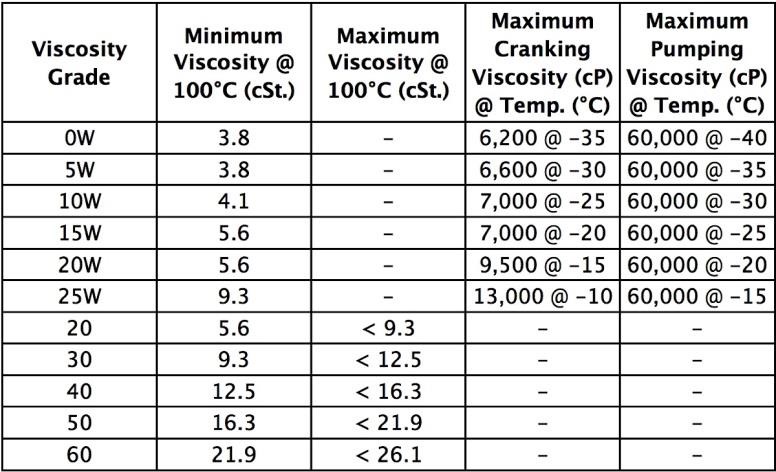
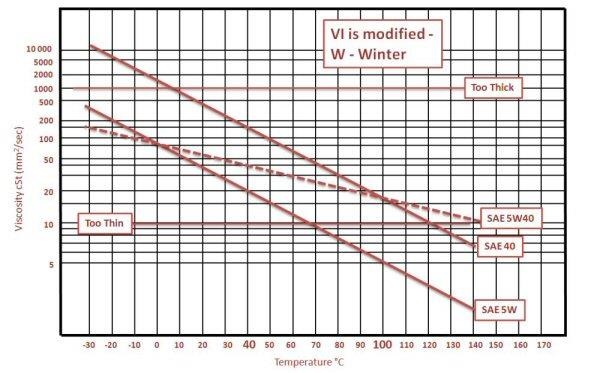
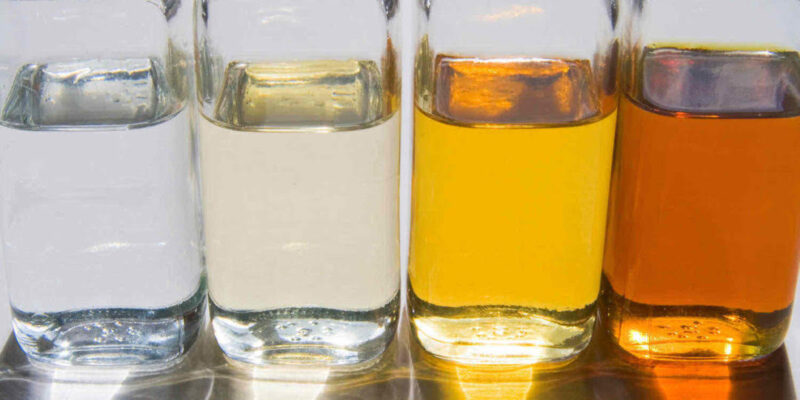
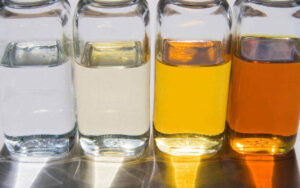 In most instances lubricating oil is a blend of base oil and additives with the base oil content being anything between 70 percent and more than 99 percent depending on the final application of the lubricant. Base oils may be mineral, synthetic or semisynthetic – a mixture of mineral and synthetic stocks. Most lubricating oils used globally (more than 90 percent) are blended using mineral base oils. Feed stocks from a number of streams at crude oil refineries are processed at base oil refineries to produce various viscosity grades of mineral base oils. A typical mineral base oil refinery will have the following units to produce suitable quality base oils:
In most instances lubricating oil is a blend of base oil and additives with the base oil content being anything between 70 percent and more than 99 percent depending on the final application of the lubricant. Base oils may be mineral, synthetic or semisynthetic – a mixture of mineral and synthetic stocks. Most lubricating oils used globally (more than 90 percent) are blended using mineral base oils. Feed stocks from a number of streams at crude oil refineries are processed at base oil refineries to produce various viscosity grades of mineral base oils. A typical mineral base oil refinery will have the following units to produce suitable quality base oils: